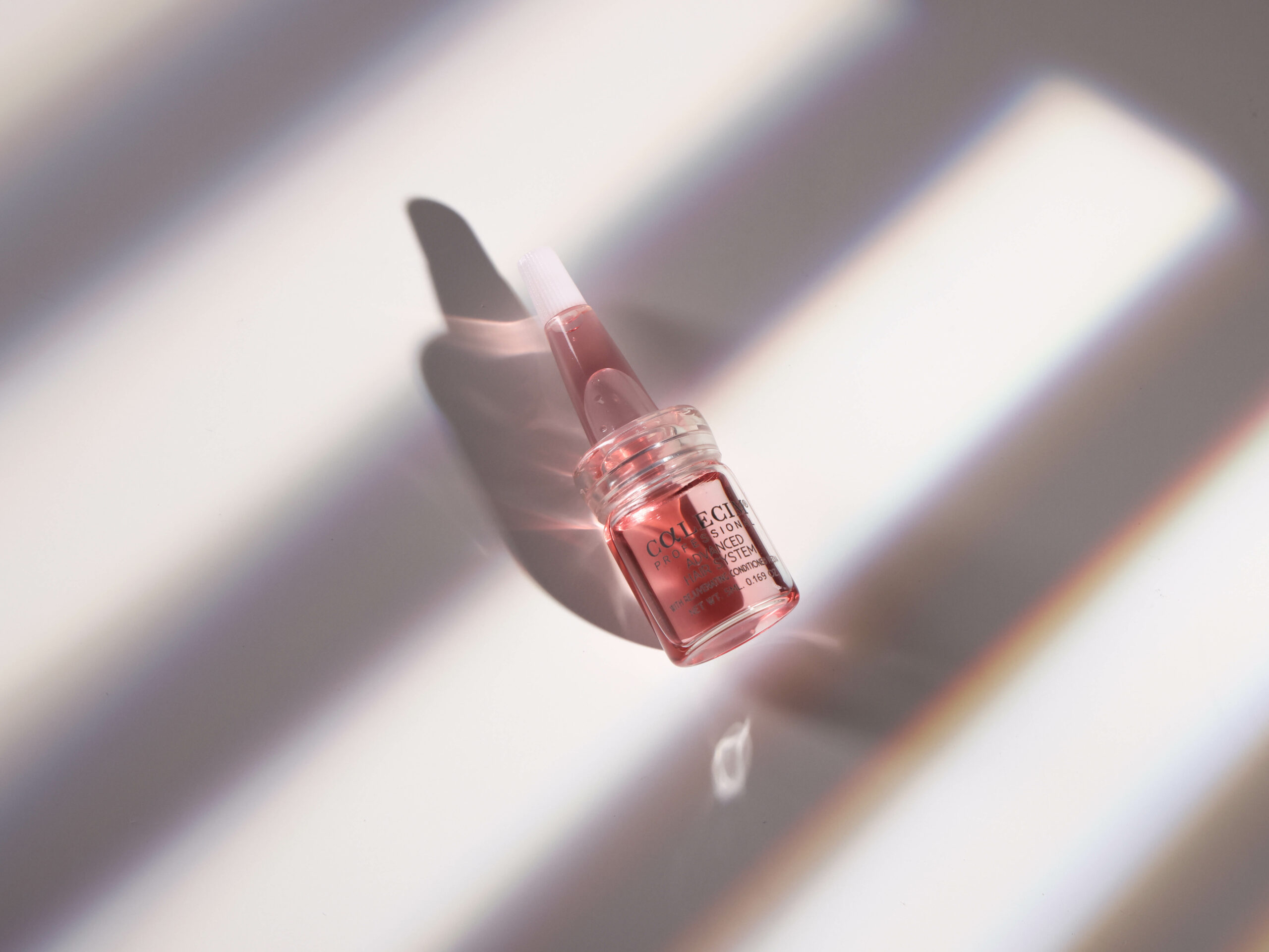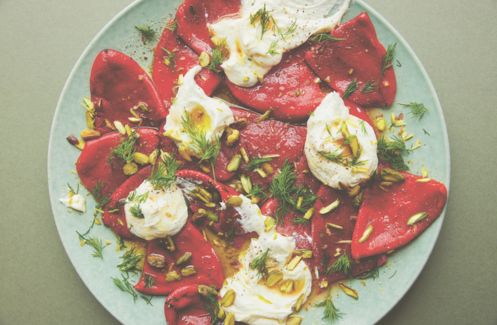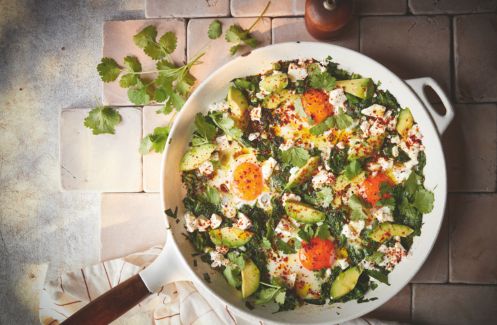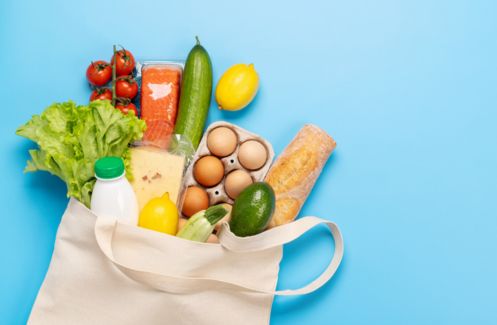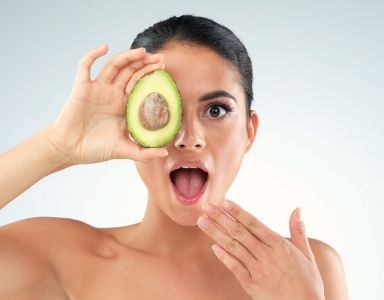Healthy foods can look like the body part it’s good for? We know what you’re thinking, that sounds like a white lie you would tell a toddler to make them eat their greens. But studies have shown this wild statement to be true. Carly Jade Cochrane reports
Remember that old saying ‘you are what you eat?’ Or ‘if you don’t eat all your carrots you won’t be able to see in the dark?’ Well, recent studies published in the American Journal of Phytomedicine and Clinical Therapeutics have shown that there may be a closer relationship between your everyday foods and human anatomy than we first originally thought.
An ancient European philosophy known as ‘The Doctrine of Signatures’ suggests that plants, animals and minerals often contain clues in their shape, form or actions, which secretly tells us their purpose.
Plants, animals and minerals often contain clues in their shape, form or actions, which secretly tells us their purpose.
Thats right – it’s not just a coincidence that kidney beans are actually called kidney beans, or why walnuts look like tiny little brains. Science has shown that many fruits and vegetables often look like the body part or organ that they are good for – which is why it is essential that we include them in our diets.
Of course, these foods benefit the whole body but it’s nice to have a visual reminder of what body parts they target specifically, so here are 12 good-for-you foods that also look like the body part they benefit.
Carrots: Eye
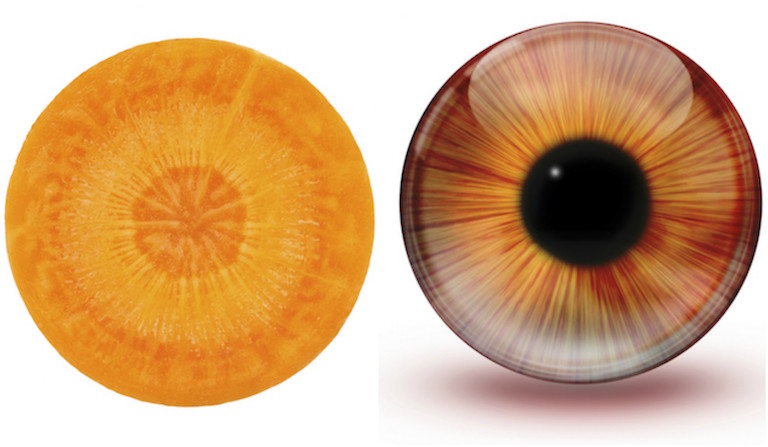
Slice a carrot in half and you’ll see that from afar, the middle mirrors a similar pattern to an eye. Look a bit closer and you’ll even start to see the pattern resembling the lines of the pupil and iris.
As well as being packed with vitamins and anti-oxidants, carrots also contain a plant chemical called beta-carotene – which is where they get their orange colour from. Beta-carotene is great for reducing the risk of developing cataracts and protecting against macular degeneration – the leading cause of loss of vision in older people.
Carrots also have the ability to enhance blood flow, bettering the function of the eye.
Avocado: Uterus
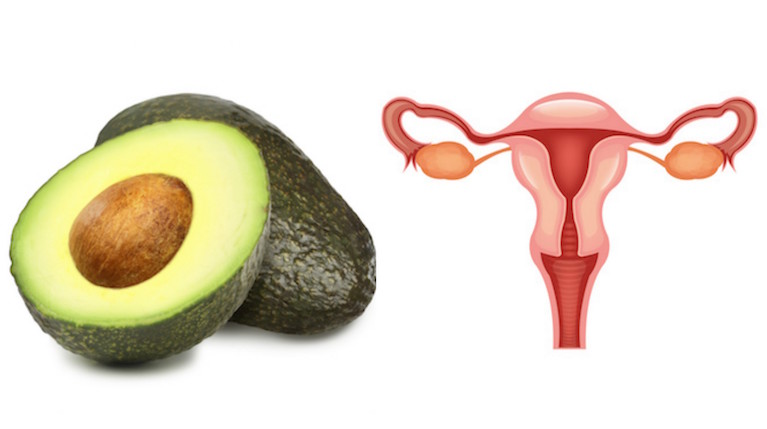
Avocados are often shaped like a light bulb, and funnily enough, so is a uterus- that’s why this fruit is great for reproductive health.
Avocados are a fantastic source of folic acid, meaning that they help to reduce the risk of cervical dysplasia – a pre-cancerous condition. In fact, research has shown that if a woman eats one avocado a week, it helps to balance hormones, shed unwanted birth weight and prevent cervical cancers.
And here’s another strange coincidence – it takes exactly 9 months for an avocado to grow from blossom to ripened fruit.
Celery: Bones
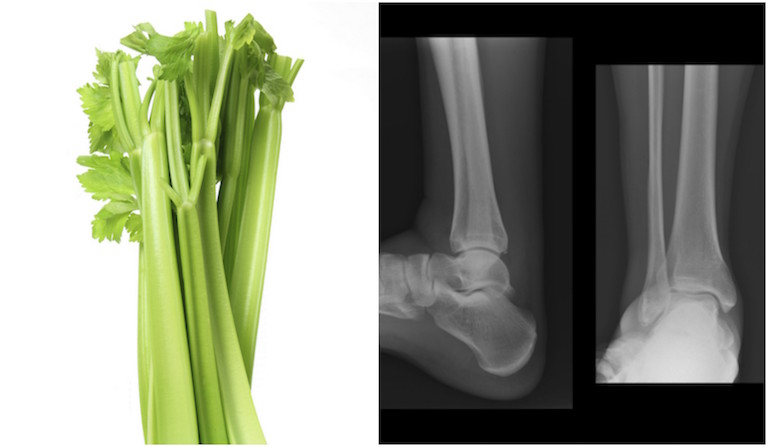
Have you ever noticed that long stalks of celery look just like bones? That’s because they’re good for them. Celery specifically targets bone strength as it is a great source of silicon, which is a component of the molecular structure that gives bones strength.
And guess what – bones contain 23 per cent of sodium and celery also contains 23 per cent sodium. If you don’t have enough sodium in your diet, the body pulls it from the bones making them weak, so eating celery is one of the best ways to replenish the skeletal needs of the body.
Eating celery is one of the best ways to replenish the skeletal needs of the body.
Oranges and Grapefruits : Breasts
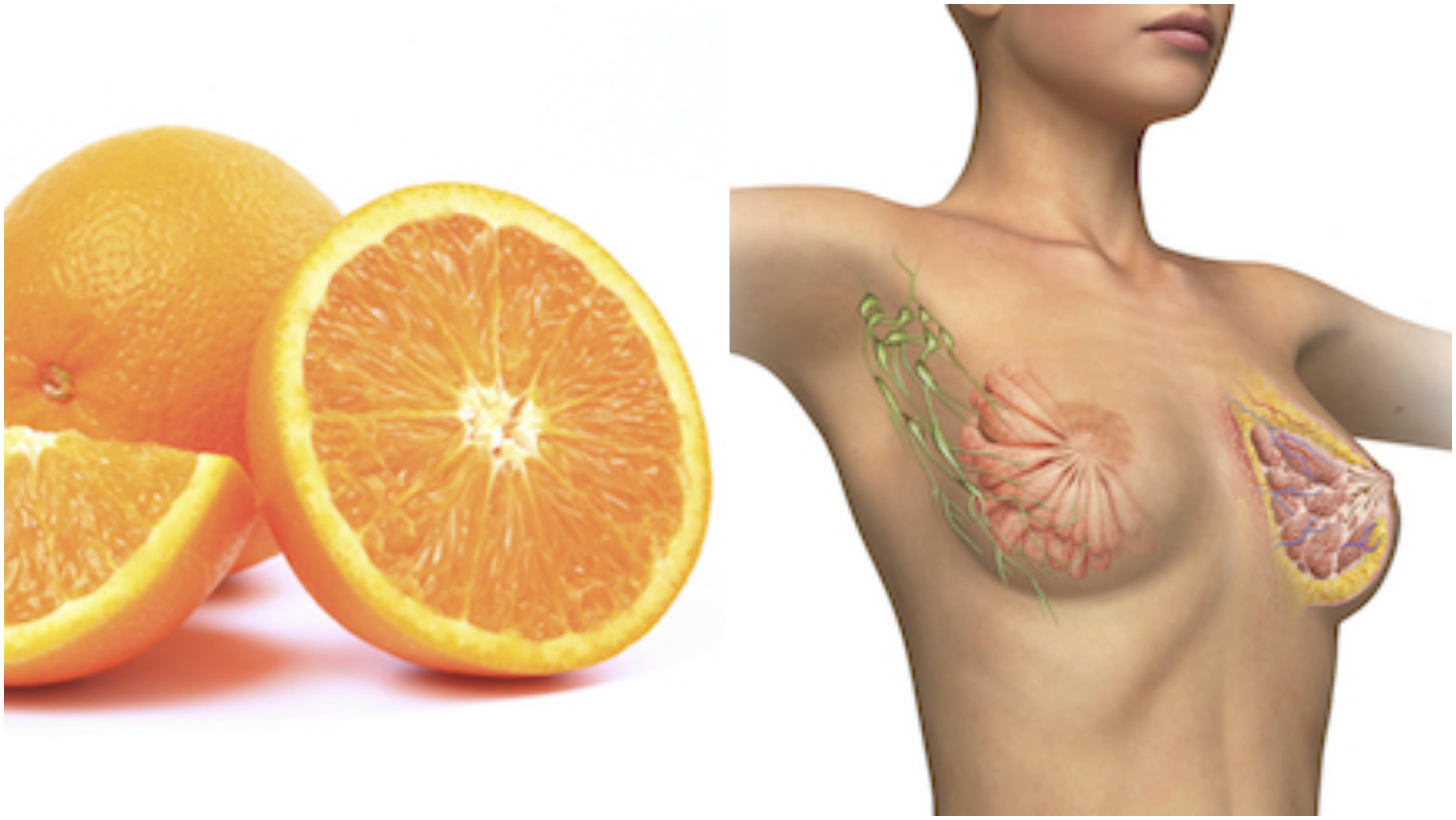
The similarity between oranges, grapefruits and breasts may be more coincidental than you think.
Oranges look like breasts – state the obvious – but actually, they’re really good for them as they assist breast health and help the movement of the lymph in and out of the breast.
As for grapefruit, that contains substances called limonoids, which have been shown to prevent the development in human breast cells.
Sweet Potatoes: Pancreas
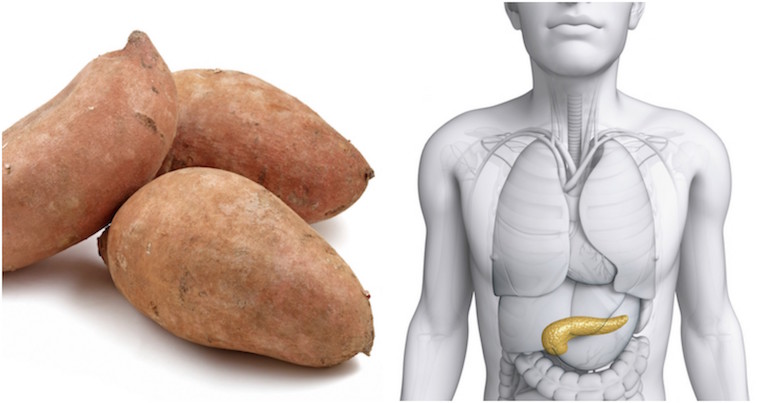
Sweet potato? Pancreas? Can you see the similarity? Sweet potato has a strong resemblance to the pancreas and helps the organ to function healthily. Sweet potatoes are high in beta-carotene, which is an antioxidant that protects all tissues of the body from damage associated with cancer or ageing. Sweet potatoes are also fantastic for those who are diabetic as it helps to balance the glycemic index.
Tomato: Heart
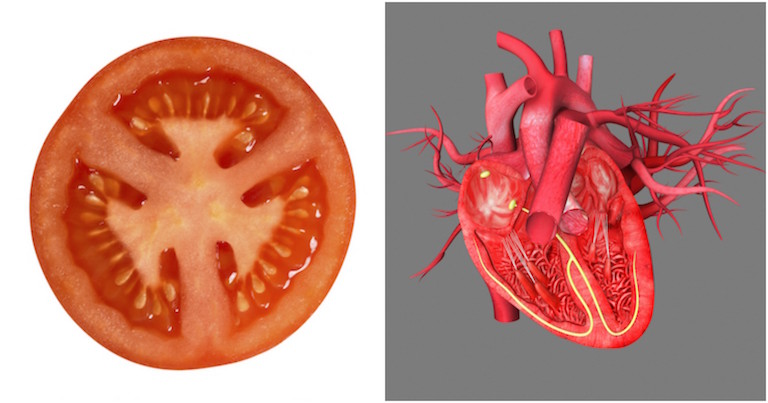
Slice a tomato in half and you’ll notice it has multiple chambers that resemble the structure of a heart. Tomatoes contain a substance called lycopene, a plant chemical that reduces the risk of heart disease and several cancers. And if you mix them with healthy fats, like olive oil or avocado, it will boost your body’s lycopene absorption by up to ten times.
Lab experiments have also shown that lycopene helps counter the effect of unhealthy LDL cholesterol.
MORE: 9 healthy fats that help you live longer
MORE: 10 healthy fats that could help you LOSE weight
Walnut: Brain
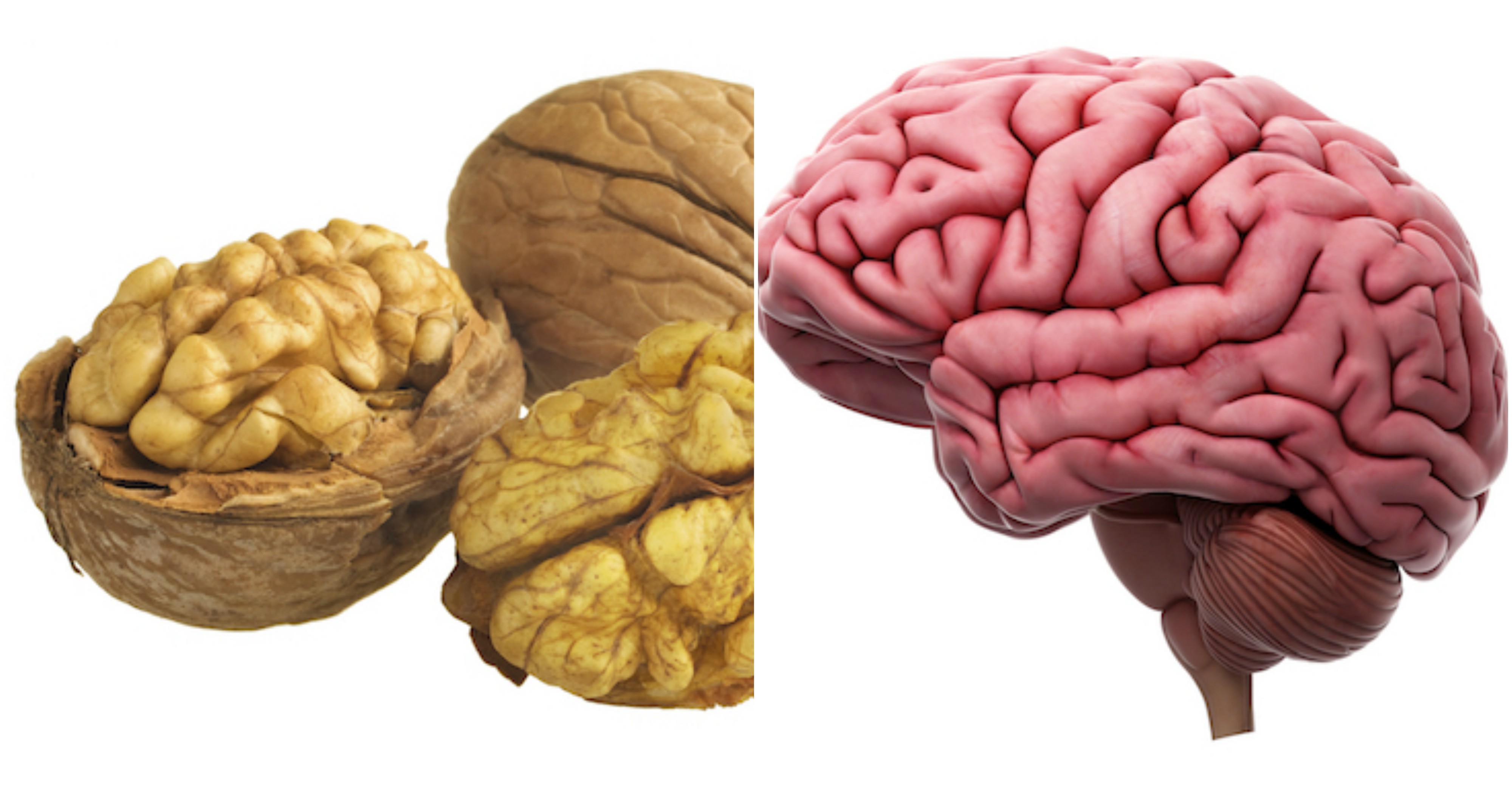
As gross as it is, the creases and wrinkles of a walnut make it look strikingly similar to a brain. In fact, they’re so similar that it even looks like they have left and right hemispheres.
Walnuts contain a high content of omega-3 fatty acids and develop over three dozen neuron- transmitters, which help support brain function. They also help to warn off dementia and a recent study found that walnut extract broke down the protein-based plaques associated with Alzheimer’s disease.
So, that’s why walnuts have been nicknamed as ‘brain-food’ all this time.
Red wine: Blood
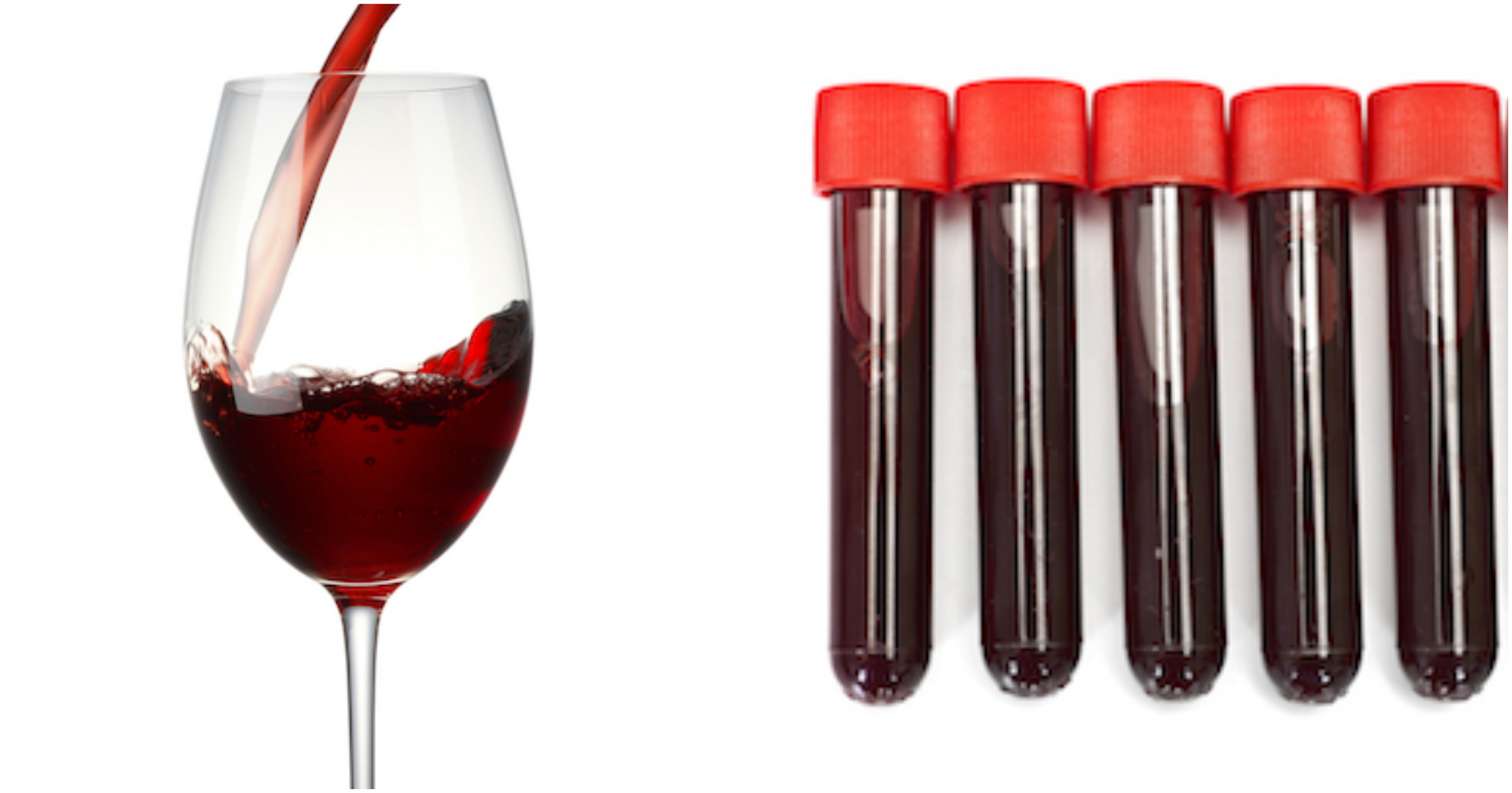
It’s good news, you don’t have to ditch the red wine just yet. Red wine can be associated with looking like blood, and yep, you guessed it, red wine is good for your blood.
It’s rich in antioxidants and polyphenols, including powerful resveratrol, so when you’re enjoying your evening glass, you’re really loading up on the healthy stuff that protects against destructive things in the blood, like LDL cholesterol,which can cause heart disease. There’s also a blood-thinning compound in red wine meaning it can help reduce blood clots which are associated with stroke and heart disease.
Ginger: Stomach
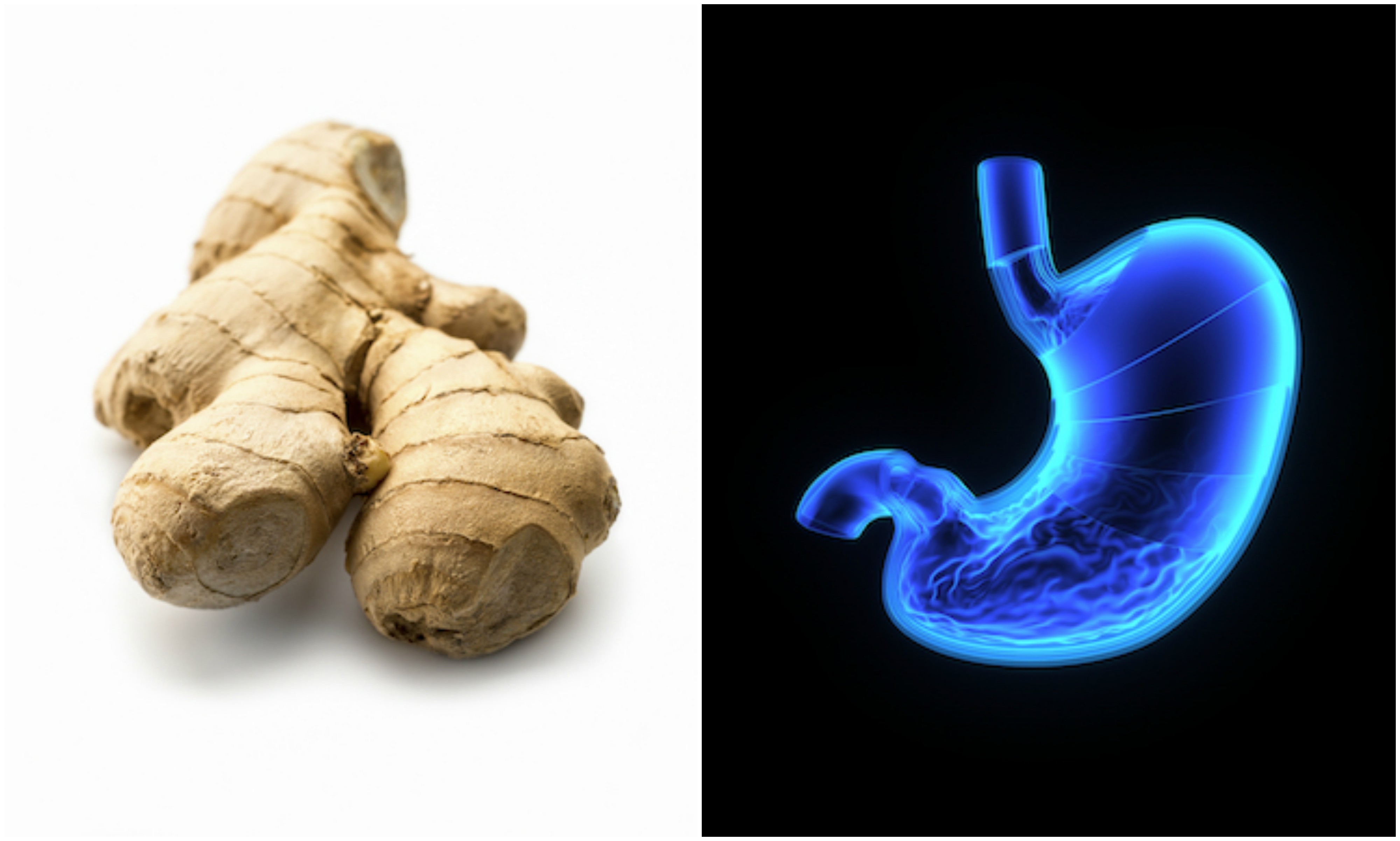
You know the deal by now, root ginger often looks just like the stomach, so it’s fitting that one of its biggest benefits is aiding digestion. For 2,000 years, the Chinese have been using it to help calm the stomach and cure nausea, and it is also a popular remedy for motion sickness.
For 2,000 years, the Chinese have been using it to help calm the stomach and cure nausea
Gingerol is the ingredient responsible for ginger’s distinctive scent and taste and is listed in the USDA database of phytochemicals (compounds found in plants), as having the ability to prevent nausea and vomiting.
Grapes: Lungs
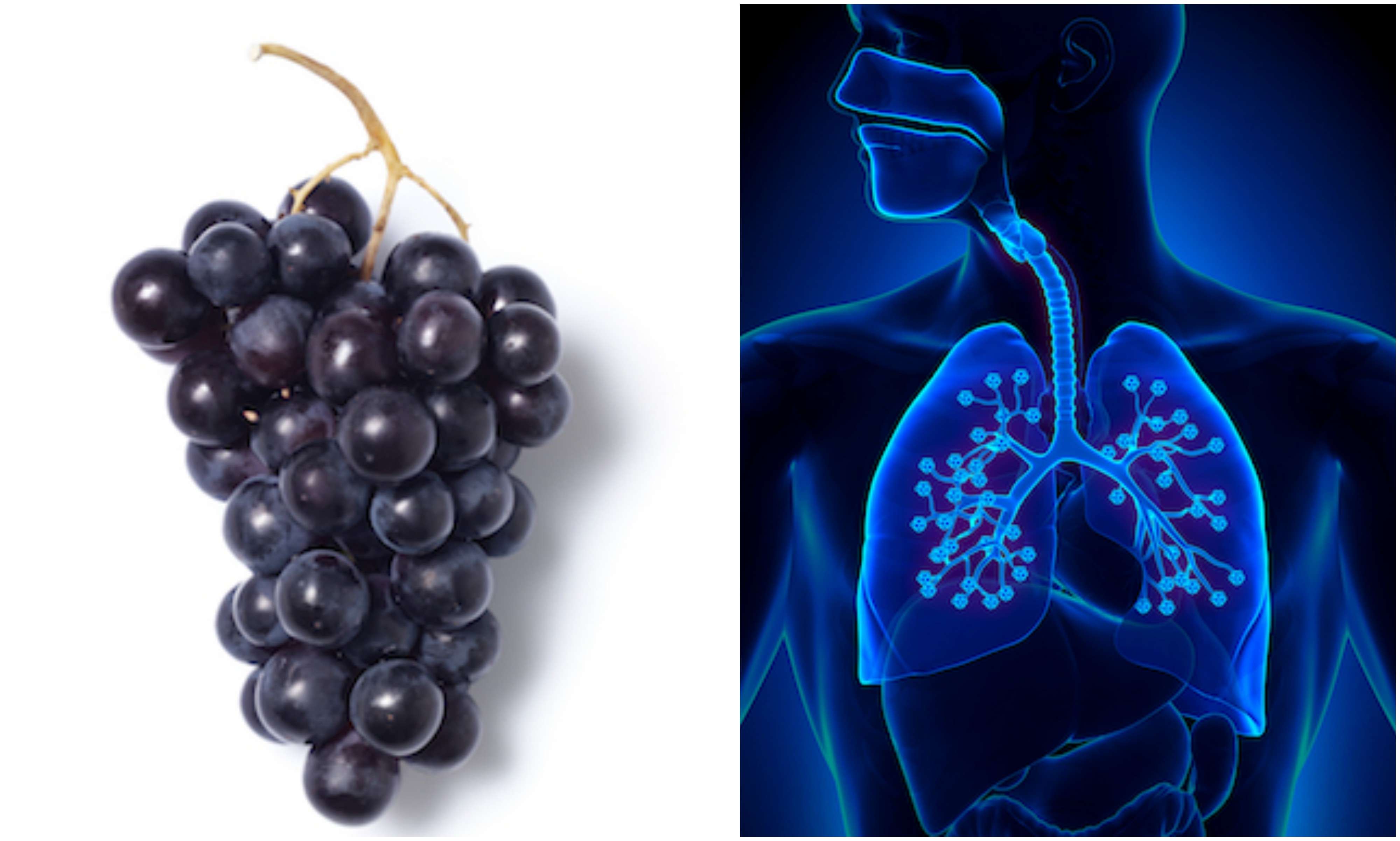
Our lungs are made up of branches of small airways that end with tiny bunches of tissue called alveoli. and it’s these structures, which resemble bunches of grapes, that allow oxygen to pass from the lungs to the blood stream.
A diet that is high in fresh fruit, such as grapes, has been shown to reduce the risk of lung cancer and emphysema. Grape seeds also contain a chemical called proanthocyanidin, which can reduce the severity of asthma triggered by allergy.
Mushroom: Ears
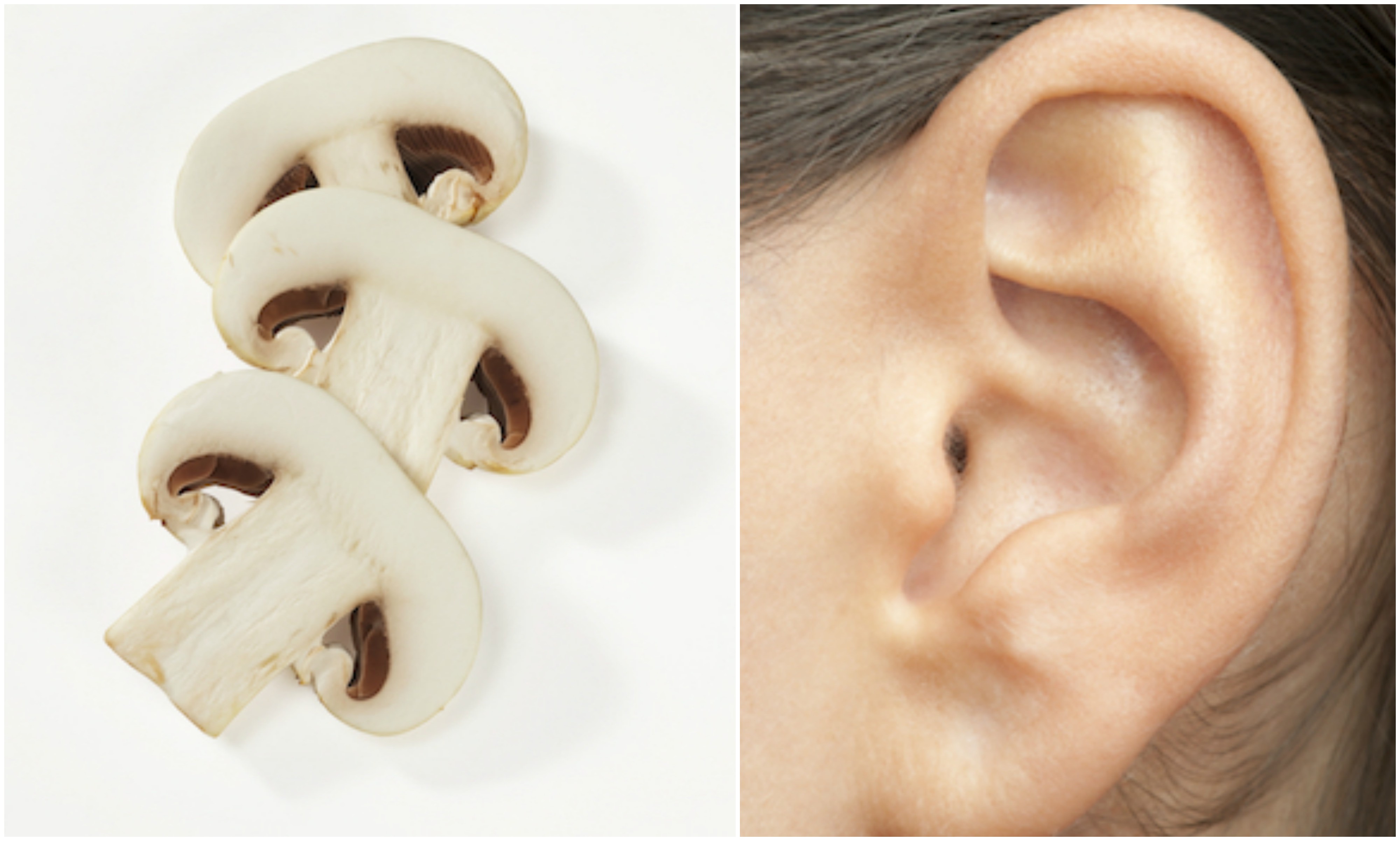
Slice a mushroom in half and you’ll be able to recognise that it looks like an ear – add it to your cooking and you could actually improve your hearing. Mushrooms are one of the few foods that contain vitamin D, a vitamin that is vital for healthy bones, even the minuscule ones in your ear that carry sound to the brain.
Banana: Smile
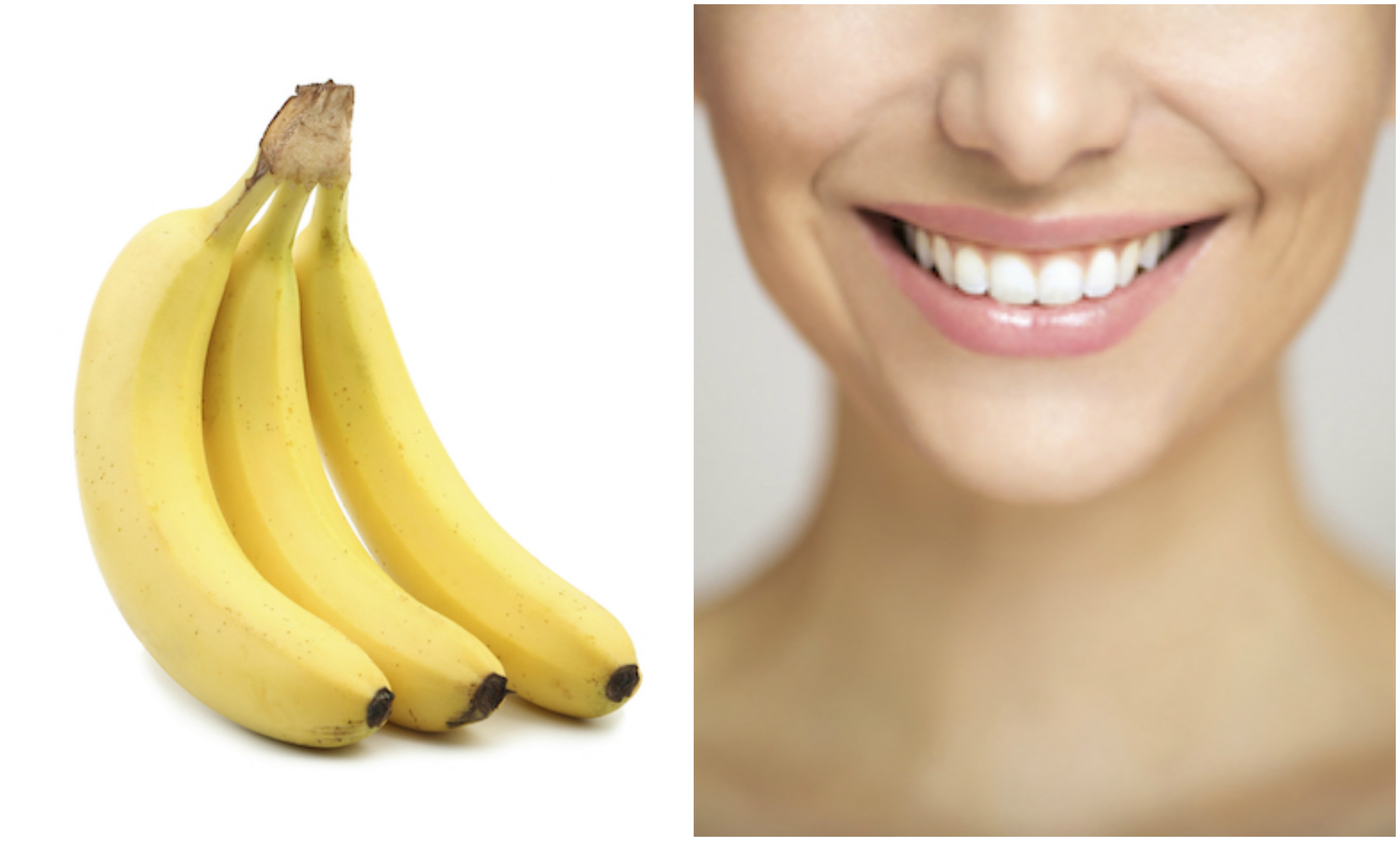
Eat a banana and you’re bound to crack a smile. Bananas contain a protein called tryptophan, and once it has been digested, it gets converted into a chemical neurotransmitter called serotonin. Serotonin is known as the ‘happy chemical’ and is one of the most important mood-regulating chemicals in the brain. Most anti-depressant drugs work by adjusting levels of serotonin production as higher levels are associated with better moods.
MORE: SUMMER SPECIAL – 30 day bikini body challenge
MORE: SUMMER SPECIAL – 10 best sunscreens for under make-up, during exercise and on a budget
MORE: SUMMER SPECIAL – 10 best fake tans for summer 2016
Like this article? Sign up to our newsletter to get more articles like this delivered straight to your inbox.




